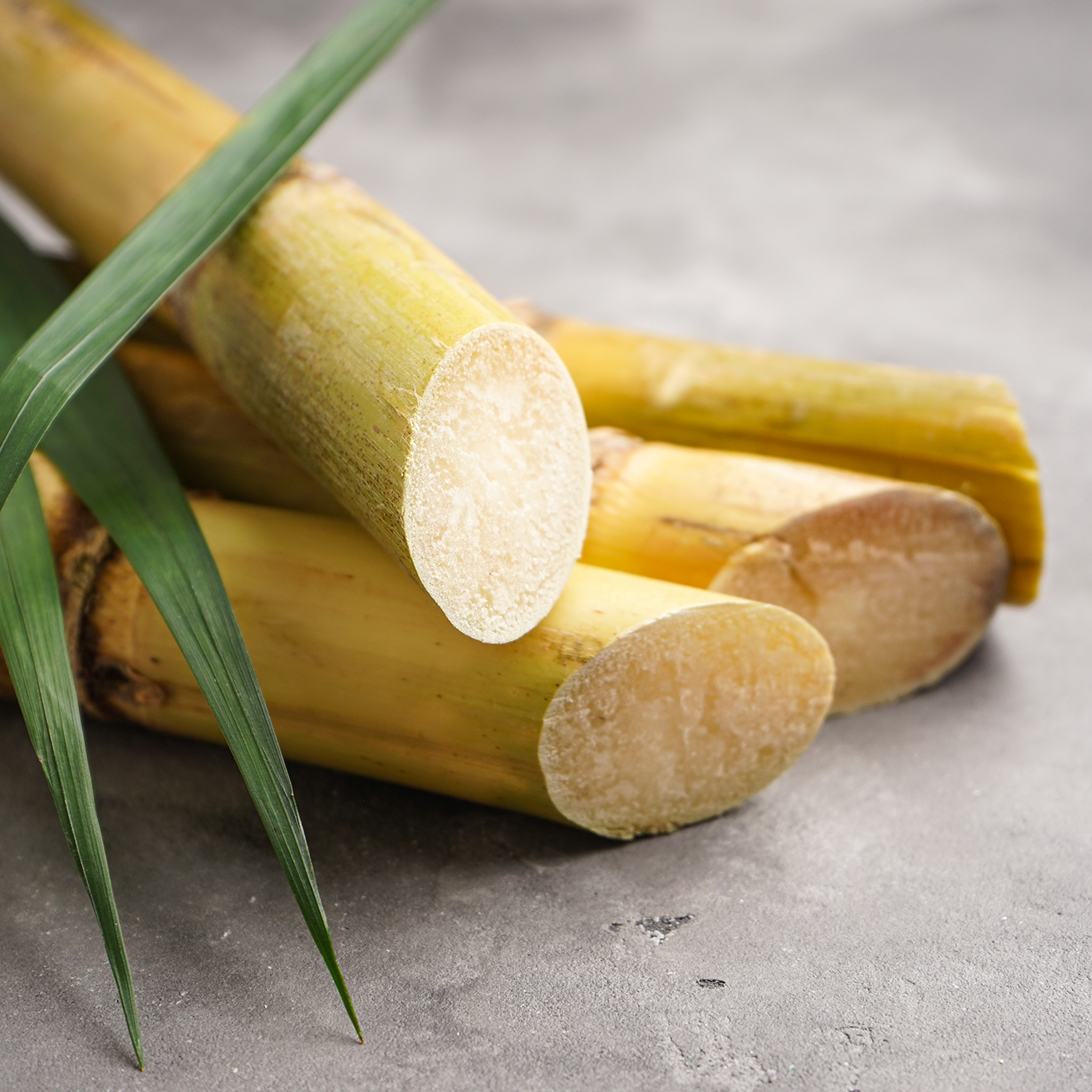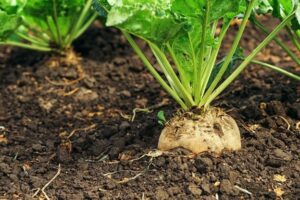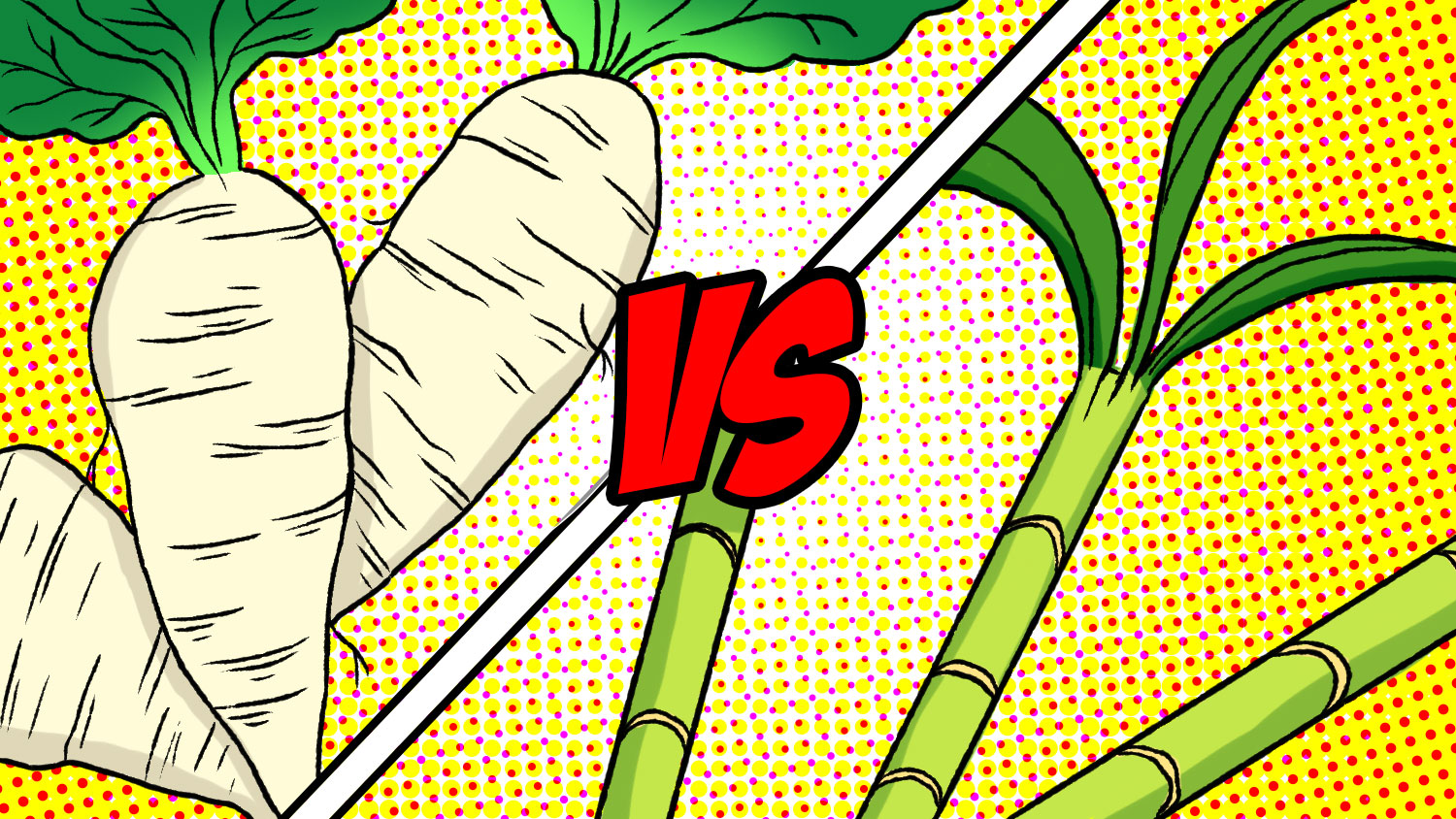Revealing the Fact Behind Sugar Beet Vs Sugar Cane: Advantages, Uses, and Processing Techniques Clarified
The distinction in between sugar beet and sugar cane is commonly overlooked in discussions about sugar production. Each plant presents special advantages and applications in numerous markets. Their cultivation techniques and handling strategies additionally vary notably. Recognizing these nuances is important for stakeholders in the sugar market. What ramifications do these distinctions have for health, flavor, and environmental impact? Checking out these facets can disclose much deeper understandings right into the international sugar market.

Overview of Sugar Beet and Sugar Cane
Sugar beet and sugar cane are two key resources of sugar, each with distinctive characteristics and cultivation techniques. Sugar beet, an origin veggie, grows in pleasant climates and is generally gathered in the autumn. Its high sugar content, ranging from 15% to 20%, makes it a valuable crop for sugar manufacturing. The procedure includes drawing out juice from the beets, which is then improved right into granulated sugar.
On the other hand, sugar cane is a tropical yard that prospers in warm, humid environments. It can achieve a sugar web content of as much as 14%, but its tall, fibrous stalks need considerable processing. The cane is squashed to remove juice, which undertakes boiling and crystallization to produce sugar. Both resources contribute significantly to the worldwide sugar supply, with sugar beet primarily cultivated in Europe and North America, while sugar cane is mainly expanded in Brazil, India, and other tropical regions.
Cultivation Practices: Sugar Beet vs. Sugar Cane
Growing techniques for sugar beet and sugar cane differ substantially because of their unique growing problems. Sugar beets thrive in cooler environments with well-drained soil, while sugar cane chooses warmer temperature levels and plentiful dampness. Furthermore, the harvesting techniques utilized for every crop mirror these ecological demands and influence general return and top quality.
Growing Conditions Contrast
While both sugar beet and sugar cane prosper in certain environmental problems, their farming practices vary substantially. Sugar beet is largely expanded in temperate areas, favoring cooler climates with well-drained dirt and moderate rainfall. It calls for a growing season of concerning 90 to 120 days, with excellent temperatures between 15 ° C to 25 ° C. In contrast, sugar cane flourishes in exotic and subtropical environments, growing in cozy temperatures varying from 20 ° C to 32 ° C. It requires plentiful sunlight and regular rains, usually needing watering in drier locations. Sugar cane has a longer growing cycle, usually lasting 12 to 24 months. These distinctions in growing conditions greatly affect the geographical circulation and agricultural methods connected with each crop.
Gathering Methods Distinctions
The harvesting strategies for sugar beet and sugar cane reflect their unique development features and farming practices. Sugar beet is commonly harvested mechanically, with harvesters developed to uproot the entire plant, guaranteeing very little dirt disruption. The beetroots are after that moved for processing soon after harvest to preserve top quality. In comparison, sugar cane harvesting commonly includes a combination of manual and mechanical techniques. Workers may initially reduce the cane by hand, specifically in areas where automation is much less practical. Consequently, specialized equipment is used to collect and transport the cut stalks to processing facilities. These differing methods not just influence performance yet additionally influence the top quality and return of the final sugar items, showcasing the adaptability of each crop to its atmosphere.
Nutritional Contrast and Wellness Conveniences
When contrasting the dietary profiles of sugar beet and sugar cane, it becomes clear that each offers unique health and wellness benefits. Sugar beets are rich in necessary nutrients like folate, manganese, and potassium, which contribute to general health. They additionally have fiber, which assists food digestion and may aid control blood glucose degrees. Additionally, sugar beetroots are known for their antioxidant residential properties, which can fight oxidative anxiety.
On the other hand, sugar cane is primarily made up of sucrose, offering fast power. While it does not have the same degree of vitamins and minerals located in sugar beets, sugar cane does include percentages of B minerals and vitamins such as calcium and magnesium. Sugar cane juice is usually promoted for its hydrating my review here homes and potential wellness benefits, including boosted digestion health. Inevitably, the option in between sugar beet and sugar cane might depend upon individual wellness goals and nutritional choices.
Taste Accounts and Culinary Uses
Flavor accounts of sugar beet and sugar cane differ markedly, influencing their culinary applications (Sugar beet vs sugar cane). Sugar cane, with its normally sweet and complex flavor, is often preferred in drinks, treats, and various culinary meals. It provides a rich, caramel-like note that enhances the taste of things such as syrups, molasses, and rum. On the other hand, sugar beet has an extra neutral and much less fragrant preference, making it appropriate for applications where sweetness is desired without modifying the dish's intrinsic tastes. It is regularly made use of in refined foods, baked products, and sugar
Culinary experts typically select sugar cane for its depth and splendor, particularly in premium food preparation and craft beverages. On the other hand, sugar beet's convenience as a sugar in mass-produced products satisfies a broader market. Ultimately, the selection in between these 2 sugars can considerably impact taste profiles and overall cooking experiences.
Ecological Effect of Sugar Manufacturing
Sugar production, whether from sugar beet or sugar cane, carries substantial ecological implications. Sugar cane farming usually causes deforestation, particularly in exotic regions, interrupting local environments and adding to biodiversity loss. The substantial use plant foods and pesticides in both sugar beet and sugar cane farming can cause soil destruction and water pollution, impacting bordering environments and areas. In addition, the high water consumption needed for sugar cane watering presents a hazard to local water products, particularly in deserts.
On the other hand, sugar beet farming typically happens in warm environments, which might minimize some deforestation issues. It is not without its very own obstacles, including soil erosion and reliance on chemical inputs. In general, the ecological effect of sugar production is complex, demanding sustainable farming techniques and understanding of resource administration to minimize damages to ecological communities and promote environmental wellness.
Handling Methods: From Plant to Sugar
Numerous processing techniques are employed to transform sugar beet and sugar cane into granulated sugar, each technique reflecting the unique attributes of the resource plant. For important site sugar beetroots, the process begins with cleaning and slicing the origins into thin strips, which are after that subjected to diffusion-- a technique where warm water removes sugar from the beet pieces. The resulting fluid is detoxified, concentrated, and taken shape.
On go right here the other hand, sugar cane handling includes squashing the stalks to draw out juice, complied with by clarification to eliminate contaminations. The juice is after that evaporated, causing syrup that undergoes condensation. Both processes are followed by splitting up of the sugar crystals from the molasses, which is a result. The final stages consist of drying out and packaging the granulated sugar for distribution. These methods highlight the distinct pathways via which these two plants produce sugar, each with its own set of difficulties and performances.
Financial Aspects of Sugar Beet and Sugar Cane Industries
The financial landscape of the sugar beet and sugar cane sectors exposes noteworthy distinctions in manufacturing expenses, market characteristics, and local effects. Sugar beet, primarily grown in temperate environments, often incurs greater manufacturing expenses because of labor and input expenses. On the other hand, sugar cane prospers in tropical areas, typically gaining from lower labor costs and favorable weather problems, which can lead to greater returns.
Market dynamics additionally vary, as sugar cane dominates international manufacturing, making up around 80% of sugar result. This prevalence influences prices structures and trade flows. On the other hand, sugar beet is a lot more regionally focused, especially in Europe and North America, influencing neighborhood economic climates reliant on beet manufacturing.
Furthermore, variations in global sugar rates can substantially affect both sectors, influencing farmer earnings and financial investment degrees. Understanding these financial facets is crucial for stakeholders aiming to navigate the complexities of the sugar market properly.

Frequently Asked Concerns

Can Sugar Beet and Sugar Cane Be Intercropped Successfully?
Intercropping sugar beet and sugar cane provides difficulties as a result of varying growth demands and environmental needs. With mindful monitoring and ideal conditions, it might yield advantages such as boosted dirt wellness and resource performance.

What Are the Historic Origins of Sugar Beet and Sugar Cane?
The historical origins of sugar beet trace back to 18th century Europe, while sugar cane has roots in Southeast Asia, grown for hundreds of years. Both plants have actually significantly affected global sugar production and farming.
Just How Do Sugar Beet and Sugar Cane Affect Dirt Health And Wellness?
The impacts of sugar beet and sugar cane on soil wellness vary. Sugar beet can boost soil framework and nutrient web content, while sugar cane may deplete nutrients otherwise taken care of effectively, influencing long-lasting soil fertility.
Exist Any Emerging Technologies in Sugar Manufacturing?
Arising innovations in sugar manufacturing consist of precision agriculture, progressed genetic design for greater returns, and innovative removal techniques. These improvements aim to boost effectiveness, lower ecological impact, and improve the general sustainability of sugar production processes.
What Are the Trick Differences in Labor Demands for Both Plants?
The crucial distinctions in labor demands for sugar beet and sugar cane lie in planting, harvesting, and processing. Sugar beet vs sugar cane. Sugar beet typically requires more automation, while sugar cane often requires extra hands-on labor for collecting and processing phases